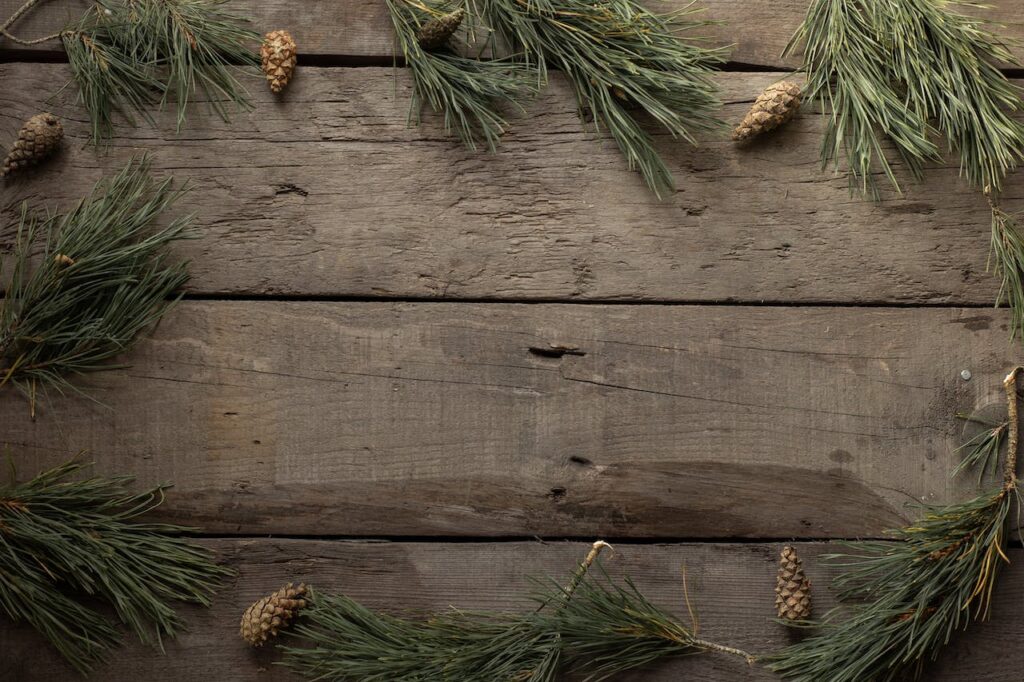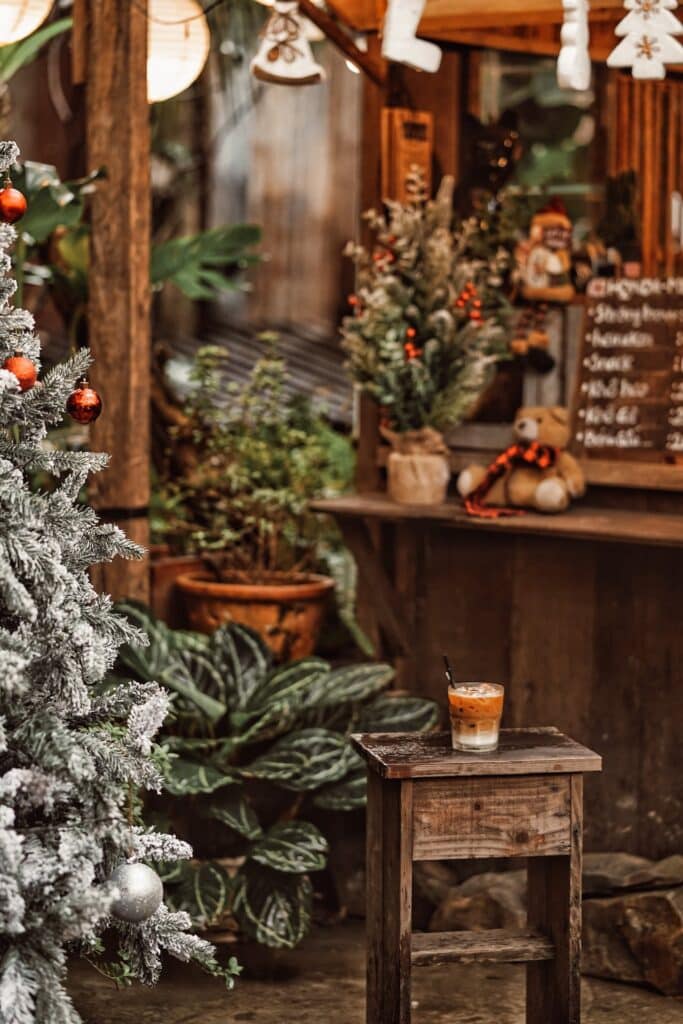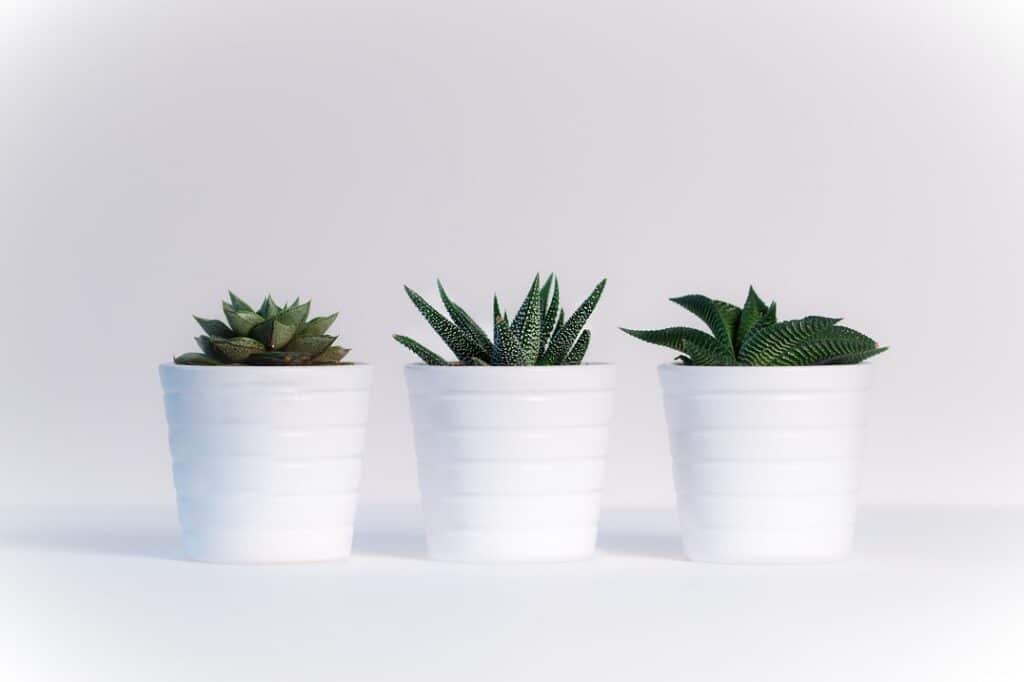Discover a wide variety of resilient plants that don’t need well drained soil conditions. Explore our guide to find low-maintenance plants that don’t require well-drained soil for a flourishing garden.
You love having a lush green garden, but unfortunately, your soil has poor drainage. No need to worry! We’ve got your back with this article showcasing seven low-maintenance plants that don’t need well drained soil. Say goodbye to worrying about excessive water accumulation ruining your garden, and say hello to beautiful plants that not only survive, but thrive in these conditions. Get ready to transform your garden into a vibrant oasis!
Introduction
Welcome to your guide on planting low-maintenance plants that don’t need well drained soil! If you love gardening but struggle with soil that doesn’t drain well, don’t worry – there are many plants that can thrive in these conditions. This comprehensive article will help you understand the characteristics of poorly drained soil, its causes, and the importance of low-maintenance plants. We will also provide you with a list of seven low-maintenance plants that are perfect for poorly drained soil. By following our tips on creating ideal conditions and maintenance, you’ll be able to enjoy a beautiful and thriving garden even with challenging soil conditions.

Understanding Poorly Drained Soil
Before we dive into the world of low-maintenance plants, let’s take a moment to understand which plants that don’t need well drained soil. Poorly drained soil refers to soil that retains excessive moisture and fails to allow proper water drainage. This can lead to waterlogged soil, which can be detrimental to most plants. Excess moisture in the soil can lead to root rot, hinder oxygen availability for the roots, and create an environment favorable for fungal growth. However, instead of viewing poorly drained soil as a limitation, we can embrace it as an opportunity to explore a unique range of plants that are adapted to thrive in such conditions.
Causes of Poorly Drained Soil
There are several factors that can contribute to poorly drained soil. One of the main causes is the composition of the soil itself. Clay soils tend to have small particles that pack together tightly, limiting water movement. Another cause can be the presence of a high water table, where the level of groundwater is close to the surface, preventing excess moisture from being absorbed into the soil.
Additionally, compacted soil, heavy rainfall, and inadequate landscaping practices can all contribute to poor drainage. It’s important to identify the cause of the plants that don’t need well drained soil in your garden so that you can take appropriate measures to address it.
Importance of Low-Maintenance Plants
Low-maintenance plants are a great choice for any garden, but they hold even more value in poorly drained soil. These plants are adapted to survive in challenging conditions and require minimal care, making them ideal for busy gardeners or those who are new to gardening. By choosing low-maintenance plants, you can save time and effort, while still enjoying a beautiful and thriving garden. These plants often have unique and attractive features that can add visual interest to your landscape, and since they are adapted to your specific soil conditions, they are more likely to flourish and provide long-lasting beauty.
Characteristics of Low-Maintenance Plants
Low-maintenance plants possess certain characteristics that make them well-suited for plants that don’t need well drained soil. They have the ability to tolerate moist conditions and can thrive in the presence of excess moisture. These plants often have adapted root systems that can withstand waterlogged soil and provide proper oxygenation to the roots. Additionally, they are often disease and pest resistant, reducing the need for frequent monitoring and intervention. Low-maintenance plants are also drought tolerant, as they have mechanisms to store water during dry periods, making them resilient in fluctuating moisture levels.
Planting Low-Maintenance Plants in Poorly Drained Soil
When planting low-maintenance plants in poorly drained soil, there are a few key considerations to keep in mind. Firstly, it’s important to prepare the soil by loosening it and creating channels for excess water to drain away. This can be achieved by adding organic matter, such as compost or well-rotted manure, to improve soil structure and drainage. Secondly, choose plants that are specifically adapted to grow in poorly drained soil. These plants have evolved to thrive in these conditions and will be better equipped to handle the challenges presented by excess moisture. Lastly, spacing between plants is crucial to avoid overcrowding, as this can hinder the airflow and lead to increased moisture retention.
7 Low-Maintenance Plants for Poorly Drained Soil
Now that you understand the importance of low-maintenance plants and how to plant them, let’s explore seven wonderful options of plants that don’t need well drained soil:
Bog Rosemary (Andromeda polifolia)
Bog Rosemary is a beautiful evergreen shrub that thrives in wet or boggy conditions. It features delicate pink or white flowers and aromatic foliage, adding visual interest and fragrance to your garden.

Sweet Flag (Acorus calamus)
Sweet Flag is a hardy perennial with striking yellow-green foliage that can tolerate both wet and dry conditions. Its vibrant colors make it a great addition to any garden, and it also has medicinal uses.
Swamp Azalea (Rhododendron viscosum)
Swamp Azalea is a deciduous shrub that produces fragrant white or pink flowers. It is well-adapted to wet soil conditions and can add a burst of color and fragrance to your garden.
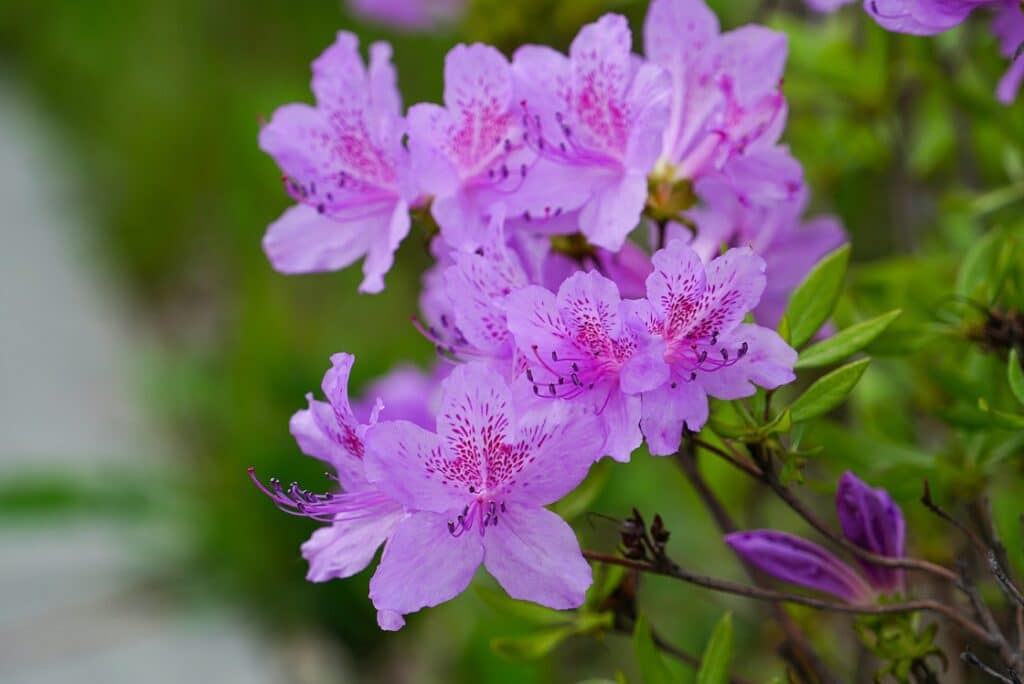
Ironweed (Vernonia)
Ironweed is a tall perennial plant with vibrant purple flowers that can thrive in poorly drained soil. It attracts pollinators and adds a pop of color to your garden, making it a valuable addition.
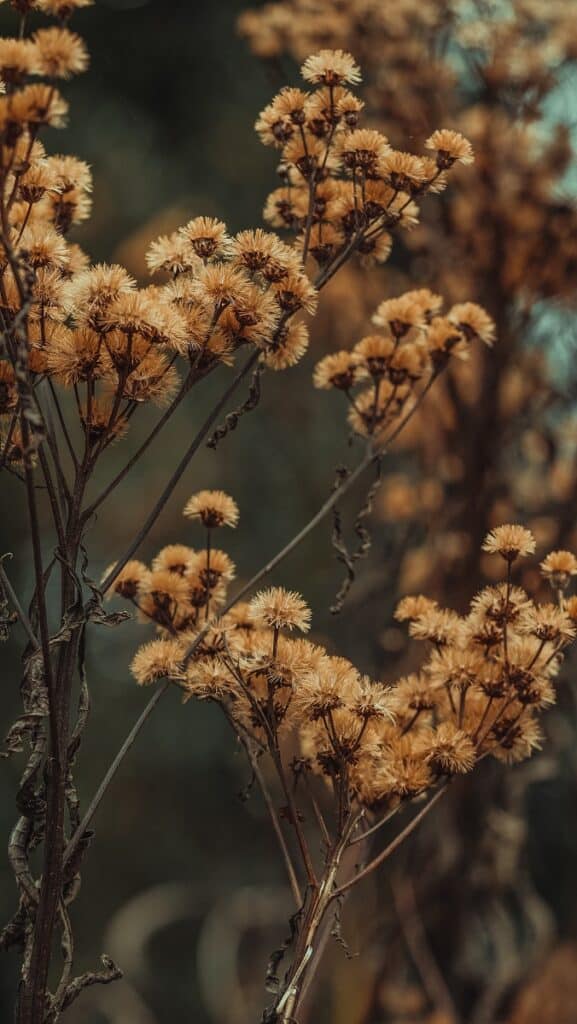
Swamp Milkweed (Asclepias incarnata)
Swamp Milkweed is a native perennial that grows well in wet soil conditions. It has attractive pink flowers that attract butterflies and serves as a host plant for monarch caterpillars.
Cardinal Flower (Lobelia cardinalis)
Cardinal Flower is a striking perennial with bright red flowers that can tolerate wet soil conditions. It attracts hummingbirds and butterflies, adding beauty and wildlife to your garden.
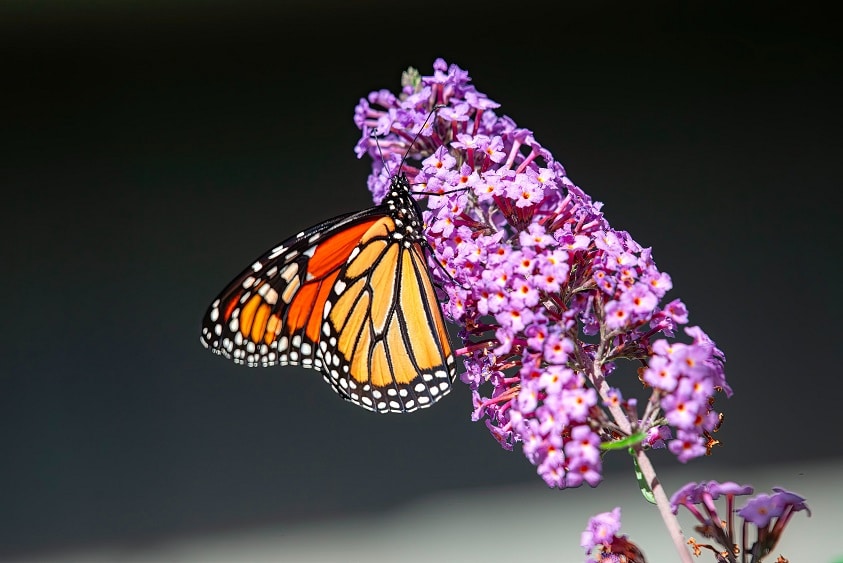
Marsh Marigold (Caltha palustris)
Marsh Marigold is a perennial plant that thrives in moist soil conditions, even in standing water. Its vibrant yellow flowers create a cheerful display and brighten up any garden.

Creating Ideal Conditions for Low-Maintenance Plants
In order to create ideal conditions for low-maintenance plants in poorly drained soil, there are several steps you can take:
Improving Soil Drainage
You can improve soil drainage by incorporating organic matter into the soil, such as compost or well-rotted manure. This will help loosen the soil and create channels for excess water to drain away.
Amending Soil with Organic Matter
By amending the soil with organic matter, you can improve its structure and fertility. Organic matter acts as a sponge, absorbing excess moisture and releasing it slowly when needed.
Mulching
Mulching the soil surface with organic materials like wood chips or straw can help retain moisture, regulate soil temperature, and reduce weed growth. It also improves the overall health and structure of the soil.
Proper Watering Techniques
Proper watering techniques are essential in maintaining the health of low-maintenance plants. Water deeply and infrequently to encourage deep root growth, rather than shallow and frequent watering that can result in waterlogged soil.

Maintenance Tips for Low-Maintenance Plants
Although low-maintenance plants require minimal care, there are a few maintenance practices to keep in mind:
Pruning
Regular pruning helps to maintain the shape and size of the plants, as well as remove any dead or diseased branches. Prune low-maintenance plants during their dormant season to minimize stress on the plants.
Fertilizing
Low-maintenance plants generally require less fertilizer due to their adaptability. However, a light application of organic fertilizer in the spring can provide necessary nutrients to support healthy growth.
Dealing with Pests and Diseases
Low-maintenance plants are typically more resistant to pests and diseases. However, regular monitoring is still important to catch any issues early on. Use organic pest control methods if necessary, such as insecticidal soap or neem oil.
Conclusion
In conclusion, poorly drained soil doesn’t have to limit your gardening endeavors. By understanding the causes of plants that don’t need well drained soil, the importance of low-maintenance plants, and the steps to create ideal conditions, you can successfully cultivate a thriving garden. The seven low-maintenance plants we presented are just a few examples of the many options available for poorly drained soil. Remember to choose plants that are specifically adapted to your soil conditions, and follow our maintenance tips to keep your garden looking its best.
With a little knowledge and care, you can transform your garden into a beautiful oasis, even in the face of challenging soil conditions. Happy gardening!

